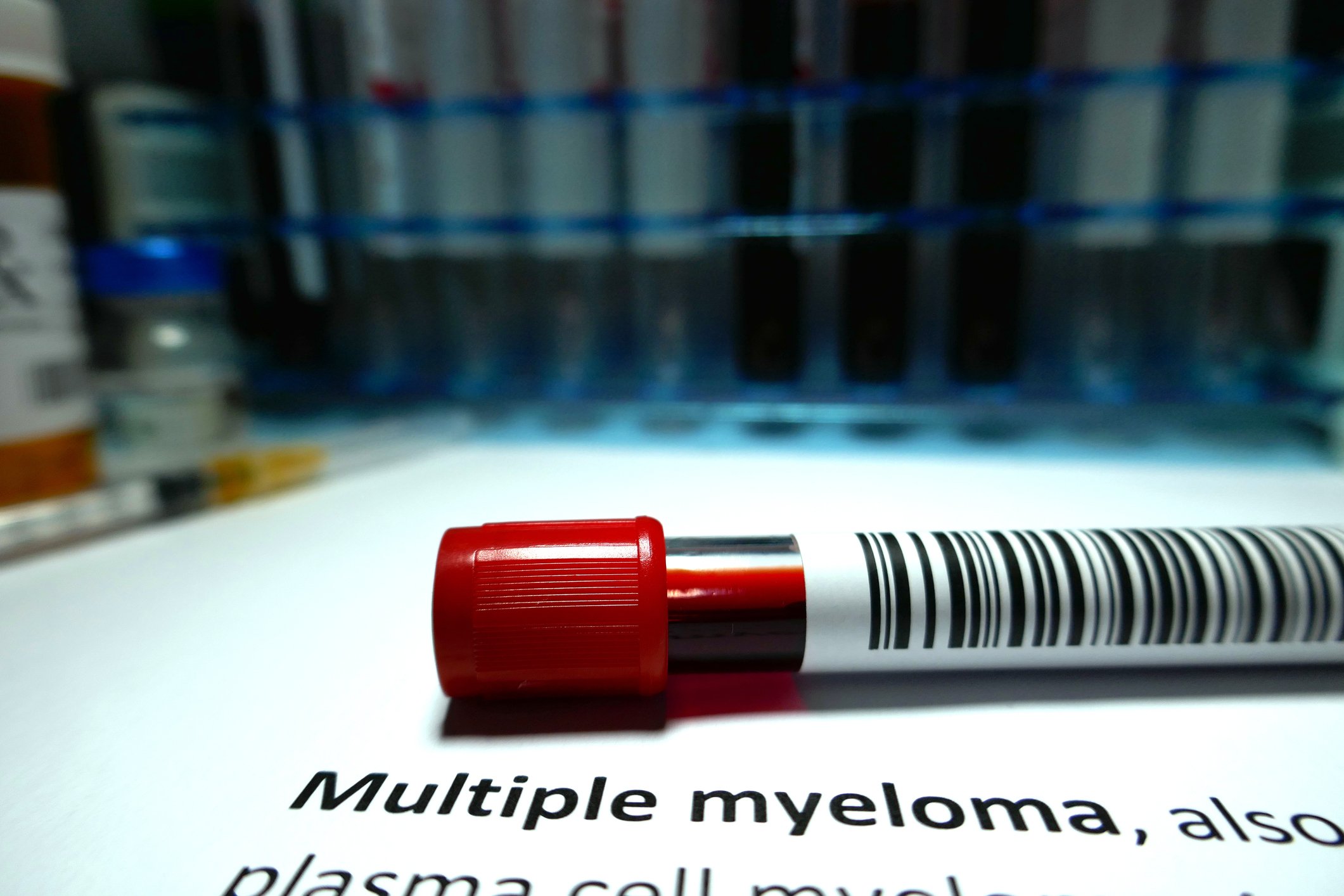Analysts predict myeloma market will hit $33B by 2030—and tip one company to take the lion’s share
Biosimilar

Preview
Source: FiercePharma
Johnson & Johnson’s rise is forecast to overlap with Bristol Myers Squibb’s decline.
The multiple myeloma market is booming. Bloomberg Intelligence (BI) forecasts sales will hit $33 billion in 2030, up almost $10 billion on last year, as Johnson & Johnson wrestles control of the blood cancer market from Bristol Myers Squibb.
BI estimates BMS and J&J accounted for 91% of the multiple myeloma market in 2023 but the rivals are on different trajectories. By 2030, the analysts predict J&J will be by far the largest player. BMS will fall away, the analysts said, and newcomers Pfizer, Regeneron, Gilead and Arcellx will take more share. GSK, which is trying to get Blenrep back on the market, could also make a mark on the sector.
The forecast is in line with J&J’s own prediction that three out of every four multiple myeloma patients could be starting on a regime featuring its drugs by the end of the decade. Darzalex is driving the belief that J&J will become the dominant force in myeloma, although there may be challenges on the horizon.
BI predicts Darzalex sales will hit $14.7 billion by 2030. While the forecast exceeds the early best-case vision for the product, the figure is 12% below the consensus of analysts. BI’s belief Darzalex may fail to hit the heights anticipated by other analysts reflects the assumption that Inflation Reduction Act price cut for Darzalex in 2029 will also impact the newer subcutaneous formulation Darzalex Faspro.
J&J is a top player in two modalities BI sees as important to the future of the myeloma space. In Carvykti, J&JJ&J has the leading CAR-T cell therapy in multiple myeloma. BI analysts said Carvykti leads BMS’ Abecma because of its better efficacy but from 2027 “will face stiff competition from Gilead-Arcellx’s anito-cel in earlier lines, with potentially similar revenue of just over $3 billion in 2030.”
J&J’s rise is forecast to overlap with BMS’ decline. BMS became the largest player in myeloma by revenue after buying Celgene. But the arrival of generic copies of Revlimid has diminished the franchise, causing sales of the waning blockbuster to fall almost 40% last year. The drug still brought in more than $5 billion in 2023 but BI analysts are forecasting that erosion of U.S. sales will be almost complete by 2026.
While BMS has potential successors to Revlimid in late-phase development, the analysts predict they will fail to recoup sales lost to generics even if they have better safety and efficacy. The forecast suggests that thalidomide analogs’ time at the top of the multiple myeloma sales charts is coming to an end.
For more details,please visit the original website
The content of the article does not represent any opinions of Synapse and its affiliated companies. If there is any copyright infringement or error, please contact us, and we will deal with it within 24 hours.
Organizations
Indications
Targets
-Hot reports
Get started for free today!
Accelerate Strategic R&D decision making with Synapse, PatSnap’s AI-powered Connected Innovation Intelligence Platform Built for Life Sciences Professionals.
Start your data trial now!
Synapse data is also accessible to external entities via APIs or data packages. Leverages most recent intelligence information, enabling fullest potential.





